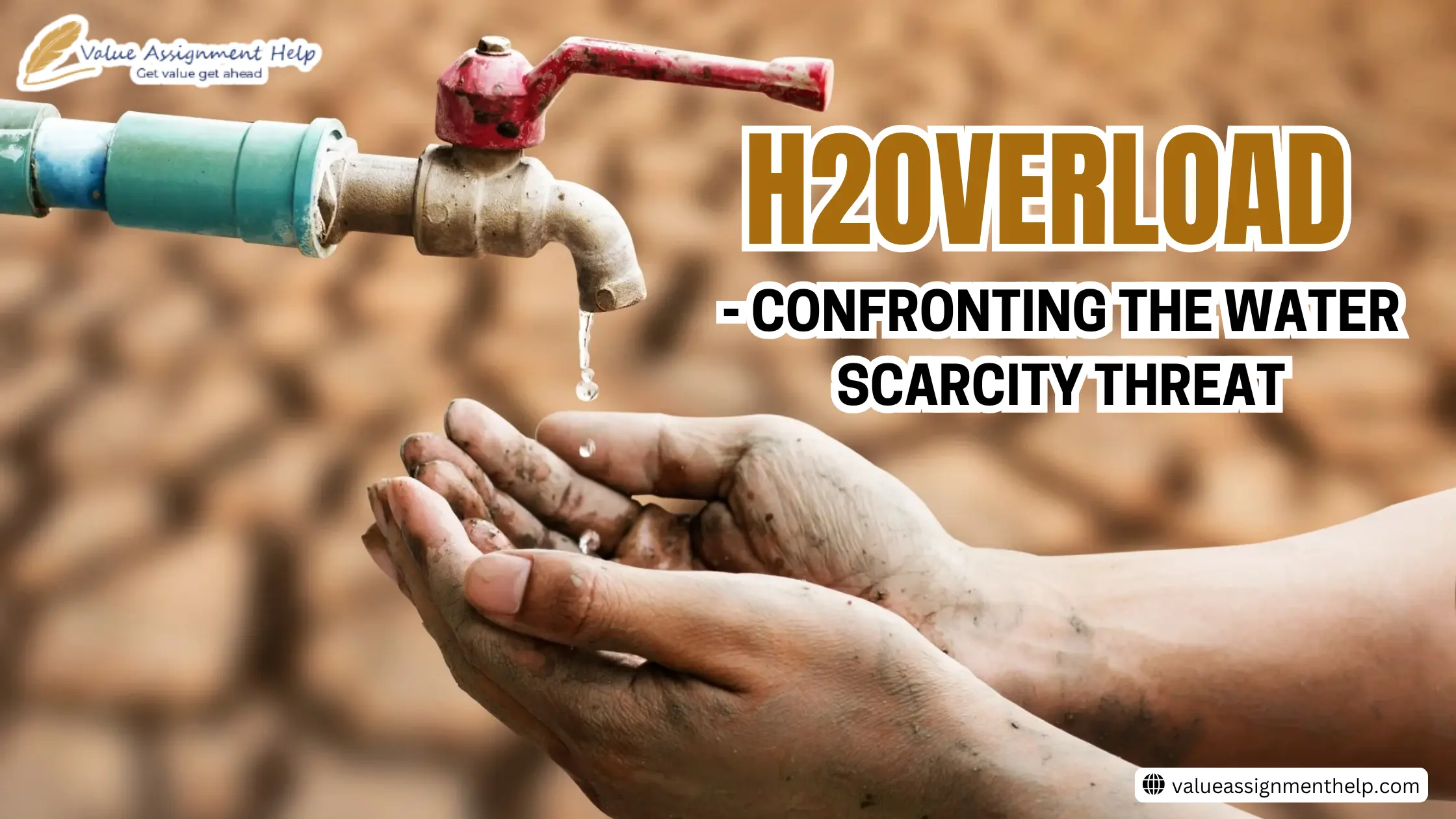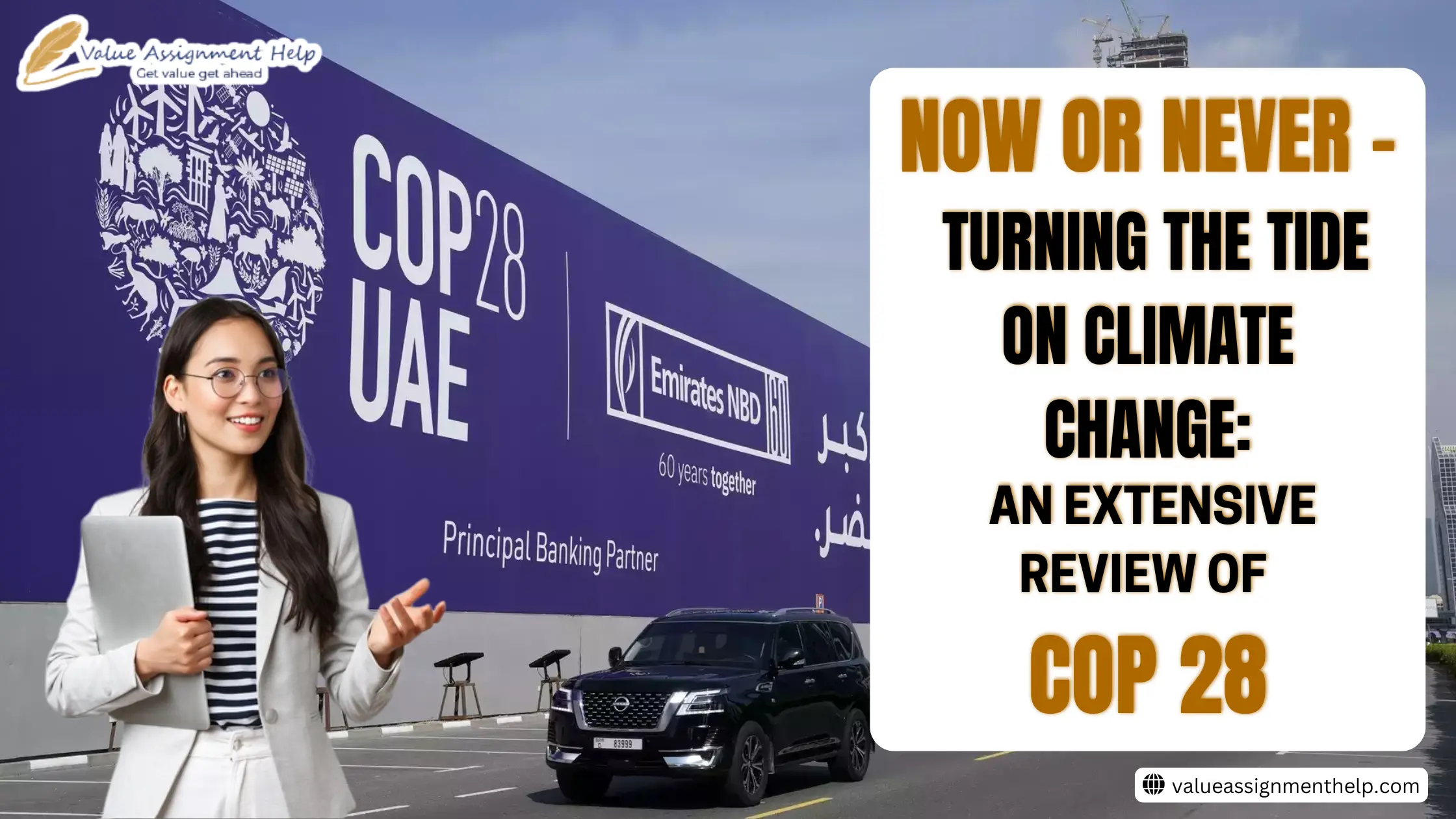Assignment
Achievement
Hire Experts
Testimonials
Free Services
Grades
Offers
Order Now
Table of Contents
50,000+
Orders Delivered
4.9/5.0
Star Rating
4000+
PhD Experts
24 x 7
Query Resolution
100 +
Subjects Catered
Our Experts
Testimonials
Free Assignment Services
☞Title Pages - 100 Words
$05.00 free
☞Downloading Free Guide
$20.00 free
☞Upload Completed Tasks
$20.00 free
☞Genuine Content Report
$20.00 free
☞Consultation By Experts
$06.00 free
☞Unrestricted Revisions
$10.00 free
☞Grammar Check for Task
$25.00 free
☞Plagiarism Inspections
$25.00 free
Book Now and get Free Services Upto $0.00
Grades
Offers

1. PLACE YOUR ORDER
Whenever you fill out their order form, please read it carefully and then fill it out.

2. MAKE PAYMENT
Choose our secure payment method to pay for your order and collect your order from us with security.

3. GET YOUR DOCUMENT
Our writers write you plagiarism-free assignments and provide them to you before the deadline.
Our Experts

Search Assignments

Customers Reviews
Liquefied Natural Gas is that which is cooled at -162 degrees Celsius until it reaches a liquid state. But this is not the only “cool” thing about it. LNG releases the least amount of carbon dioxide on its combustion as compared to other fossil fuels.
If it is that useful, surely there must be a quest among the powerful nations to explore and acquire a major chunk of it?
The answer is Yes. The US and Russia as expected lead in the LNG production and exports. The environmental, economic and influential power of LNG cannot be undermined in today’s world. Whether it contributes as an alternative fossil fuel or the billions and trillions of bucks it earns to a nation’s economy.
Daniel Yergin [Energy expert and Vice chairman of HIS Markit] quoted that, "LNG has become the great globalizer of the natural gas market, connecting continents and reshaping energy geopolitics."
Because of all these factors LNG is considered nothing short of a goldmine attracting many private players into the picture. One of them is- Venture Global, a US based pvt LNG facility firm. It has contributed heavily in US’ economy since its inception.
Recently the firm completed Louisiana’s export facilities operational milestone at a record 30 months from the Final Investment decision [FID]. Venture Global already is operating with its 1st facility of Calcasieu pass, further strengthening the States and its LNG-producing prowess.
The new Louisiana LNG facility of Venture Global is expected to operate at a production capacity of 20 Metric tonnes per year, once fully functional.
On the contrary, the Calcasieu facility operates at 10 Metric tonnes per year. Clearly it is a statement of intent by the firm to further tap into the rich resourceful geography of the nation.
The production is such that not only it is sufficient for the entire country but also makes up for the interested allies of the US.
A Strategic win for the States
Venture Global’s plan to invest $50 Billion US Dollars in energy related products in the country will attract a lot of investments and jobs. That’ll further enhance the balance of trade with its counterparts and give the nation a geopolitical edge strengthening its position as the global leader.
As seen in the past, especially during the period of Cold war, energy supplies were a crucial factor in asserting influence over others and strengthening diplomatic ties.
The Soviet Union particularly leveraged its vast natural gas reserves to build more allies and connections across the Eastern Europe nations, eventually making the latter dependent on their energy needs. America responded by aligning with the middle-eastern nations “The oil producers of the world” to maintain a stable energy supply.
As The entire world was facing supply chain shocks during Covid-19 and Russia Ukraine war, the US was strategizing on how to reduce its energy dependance from its allies. The decision to invest in green energy and more reliable fossil fuels is bearing fruits for the Land of Liberty.
The new “to be operational” LNG facility in Plaquemines Louisiana is another feather into the US’ cap as it further strengthens its position as the top producer and exporter of LNG across the globe. With an impeccable 92.9 million metric tons per yr, The USA stands tall amongst the rest in countries with the largest liquefied natural gas export capacity in operations worldwide as of 2024. [courtesy-https://www.statista.com/statistics/1262074/global-lng-export-capacity-by-country/]
To understand how massive this feat really is let’s go through an interesting example;
“Imagine a jungle where a flowing river nourishes all life, representing a stable energy supply. If the river dries up, chaos ensues—plants die, herbivores compete, and predators grow aggressive. Similarly, nations without stable energy face economic and social turmoil.
A steady river supports a thriving ecosystem, just as reliable energy boosts industrial productivity, economic growth, and political stability. By exporting LNG, the U.S. acts as the river’s source, stabilizing allies’ economies and fostering stronger diplomatic ties. This interdependence ensures cooperation, aligning allies’ policies with U.S. interests, and strengthening global security.”
[https://www.eia.gov/energyexplained/natural-gas/liquefied-natural-gas.php#:~:text=U.S.%20LNG%20baseload%20export%20capacity,Bcf%2Fd%20to%2017%20countries.]
More reliance on the exporting nation from its allies, gives more leverage to the nation exporting its resources as it can dictate terms, make policies of its own benefit, and can create fear of supply shock in the minds of its allies if they dare to protest.
The latest Louisiana facility by Venture Global makes it the 8th LNG export facility of the US, when some of its allies don’t even have half of that number.
The significance of Venture Global’s latest facility is of paramount importance. To put things into perspective once operational its yearly capacity would touch the 20 MTPA/yr mark compared to its Calcasieu facility which operates at a maximum of 10MTPA/yr.
The facility consists of 36 electrically driven 0.626 MT/annum liquefaction trains which are configured in 18 blocks. To understand this let’s take an example; Consider a bakery which bakes bread. Instead of using 1 large oven they use 36 small ovens, each capable of baking 0.626 MT/annum as in this case.
The ovens are paired as 2 making a total of 18 blocks. Each block operates independently maintaining a smooth flow of efficiency, flexibility, and scalability. Smaller ovens are easier to manage and optimize than 1 bigger one. If one of them needs a repair the other ones can continue to operate without any dependencies on the remaining ovens. And lastly smaller units are easier to scale or expand.
Apart from this, the natural gas will be stored in 4 full containment storage tanks.
Venture Global’s role in the LNG sector
Started in 2013 by Sabel and Pender, Venture Global has become one of the biggest names in the LNG business globally. The firm has shown steep growth since its inception and never looked back since then. What worked particularly for them was their tactic of Spot market selling when the prices of LNG were high in the market which they exploited as a loophole. Unlike long-term contracts which lock in prices and volumes for years, spot market transactions are real time supply and demand based.
Example- If a country is facing an acute shortage of energy then it may fulfill its energy demand by buying LNG at spot market transactions (maybe at a higher price) instead of long term contracts. This happened with Japan in 2021.
Japan being one the biggest importers of LNG faced really harsh winters in 2021 thus experiencing lesser energy production from nuclear and renewable sources that led to acute energy shortage.
Japan turned to the LNG spot market to address the shortfall, driving spot prices to record highs. The Japan-Korea Marker (JKM), which tracks spot prices for LNG in Asia, soared to over $30 per million British thermal units (mmBtu) during this period—nearly ten times the average price earlier that year.
The energy crisis highlighted Japan's reliance on LNG as a critical energy source and the importance of spot market flexibility to meet sudden demand spikes.
This example shows the inflated prices at which the LNG can be potentially sold in times of crisis which was very well exploited by Venture Global. But nothing can be taken away from the company’s commitment to enhancing the LNG infrastructure at an international level. Their CEO Mike Sabel’s comment reflects that- “Our Company’s commitment to delivering reliable, low-cost LNG is critical to meeting the growing global demand for clean energy”.
Venture Global has rapidly climbed the stairs as the 2nd major LNG firm in the US just behind Cheniere energy now.
Its use of modular construction has boosted it to achieve production in approximately 30 months, significantly faster than the 3-5 years timelines observed by its competitors. In the modular approach the construction of the parts is done in the factories and simultaneously assembly on site, thereby speeding up the task of construction.
Comparative analysis
|
Venture Global |
Cheniere energy |
Freeport LNG |
Sempra |
|
Calcasieu Pass LNG: Achieved first LNG production in January 2022, approximately 30 months after the final investment decision (FID). |
Sabine Pass LNG: Construction began in 2012, with the first LNG cargo exported in February 2016, marking a timeline of about four years from the start of construction to operation. |
Freeport LNG Facility: Commenced construction in 2014, with the first LNG production in August 2019, indicating a five-year development period. |
Cameron LNG: Began construction in 2014, with initial LNG production in May 2019, reflecting a five-year timeline to operation. |
|
Plaquemines LNG: Commenced construction in 2022, with initial production expected by mid-2024, maintaining a similar 30-month timeline from FID to production. |
Corpus Christi LNG: Initiated construction in 2015, with the first export in December 2018, resulting in a three-year construction period. |
One of the biggest challenges Venture Global is facing right now is the accusations and legal battles with some of the largest international oil and gas majors, such as Shell and BP.
The accusation concerns the methodology adopted by Venture Global, which allegedly does not honor current contracts and instead practices spot selling. The supplies from the company’s Calcasieu Pass facility, in particular, have drawn criticism regarding this practice.
While this method has proven beneficial for the company, it has somewhat damaged both Venture Global’s and, to some extent, the US's reputation. These actions have led global markets to view the US with skepticism, perceiving it as a bully.
Another challenge the Louisiana facility may face in the coming time is with respect to the environmental clearances which are pending at the moment for it to become fully functional.
As climate change is taking a hit on the entire world, the regulatory bodies have also started to tighten their grip with regular scrutiny on such entities. Changing weather patterns like the increased frequency of hurricanes due to the average increase of ocean temperature could disrupt the export of these resources to other allied countries.
Global conflicts like the Israel-Hamas war have already taken a toll on important trade routes like the Red Sea area taking exports to an all-time high.
Whatever the challenges may stand in front of Venture global, they are more than capable to handle them with the help of the extensive global network they have developed over the years.
Their cooperation with global giants like Exxon Mobil, Chevron, and PETRONAS comes as an aftermath of several assurances. The assurance of the US being a reliable supplier with a proven track record and its ability to withstand many such crisis even in the past does help the cause of Venture Global.
Venture Global’s innovative use of modular construction of its facilities helps it take the time leap over its competitors.
Alongside sustainable production and exports of LNG, Venture Global has also pledged to do its bit for the environment. They announced development of carbon captive and sequestration technologies. Carbon capture and sequestration is the process of reducing the amount of carbon-dioxide present in the atmosphere by first capturing and then storing it in special sites. It is a 3 step process that primarily includes capturing waste CO2 from large sources like fossil fuel power plants. In the 2nd step CO2 is transported to a storage site. And lastly it is stored in special sites like depleted oil and natural gas reservoirs.
Depending upon the types of storage site the process of Carbon sequestration can be divided into-
Biological Carbon Sequestration differs from Geological Carbon Sequestration as the storage sites for CO2 here are natural environments like forests, grasslands, soil and oceans. Whereas in Geological Carbon Sequestration CO2 is stored in underground geological formations by pressurizing until it becomes a liquid.
Steps taken for the betterment and sustainability of the environment often generate a soft power for a particular nation or a firm, and thereby make it an attractive investment option. Something which Venture Global has successfully tapped thus far.
Talking about the financials of the firm it has registered a revenue of $3.45 B USD in past 9 months [till September 30] and $6.27 b USD the previous year.
The latest update is that it has filed for an IPO on New York stock exchange seeking to raise more than $3b USD [Bloomberg news]. A company files for an IPO when it has to raise capital and expand its infrastructure / operations. Thus indicating that there’s a lot more to expect from the Private giants in the foreseeable future. Venture Global has also announced certain new projects which is a good news for the United States and its economy.
CP2 and Delta LNG, are the proposed projects in the pipeline for Venture global although are yet in the permitting stage.
While there’s no doubt that Venture Global Pvt. Ltd has played its part to perfection in developing a roadmap for the US and the globe’s emerging energy demands.
There are also rising concerns about their role in the exploitation of these natural resources at the hands of these limited private players and countries.
While every deprived and vulnerable country should have equal access to these resources, the increased privatization in this regard is a big red flag for the underprivileged.
As U.S. Energy Secretary Jennifer Granholm once said, “Energy security is national security.” Venture Global’s work does echo this sentiment enhancing America’s strategic positioning amongst its allies thereby strengthening global ties.
To improve energy access in the poorer regions several LNG exporters including Venture Global have tied up with World Development Banks or Aid agencies to effectively provide energy access to these regions.
Innovations in small scale LNG solutions like FSRUs- Floating storage and Regasification units have made LNG more accessible to developing nations without investing a lot upfront.
Smaller nations can sometimes exploit the loophole of Spot market selling by buying during dips to meet short term demands.
Programs undertaken by IEA International Energy Agency or World Bank aim to address energy deficits in certain regions by funding their energy projects.
Africa, for instance, remains a region where energy poverty is pervasive. While Mozambique and Nigeria are LNG exporters, many African nations lack the infrastructure to access this energy domestically. Countries like Ghana and Kenya have started to explore LNG imports, often with the help of international development funding.
While poor nations suffer in their efforts to procure energy resources, efforts are being made to bridge that gap. Whether it’s through strategic partnerships, cooperation, innovation or international support.
Initiatives are being taken internationally to reduce the energy gap between the developed and the developing.
The question of Is it enough?
Despite the initiatives taken and efforts made, exporters prioritize wealthier allies or long term contracts over selling to poorer nations. Many of these nations lack the resources/ infrastructure to bargain with these exporters and thereby end up getting exploited without any set framework. LNG exports are often seen as geopolitical tools by nations to bargain or influence terms for themselves.
Therefore, the gap will continue to persist until and unless there’s a parity and strategy that balances the commercial interests of exporters with those of low-income countries. The real success will be measured by whether energy poverty is reduced, and poorer nations gain the tools to become energy self-sufficient in the future.




No Comments